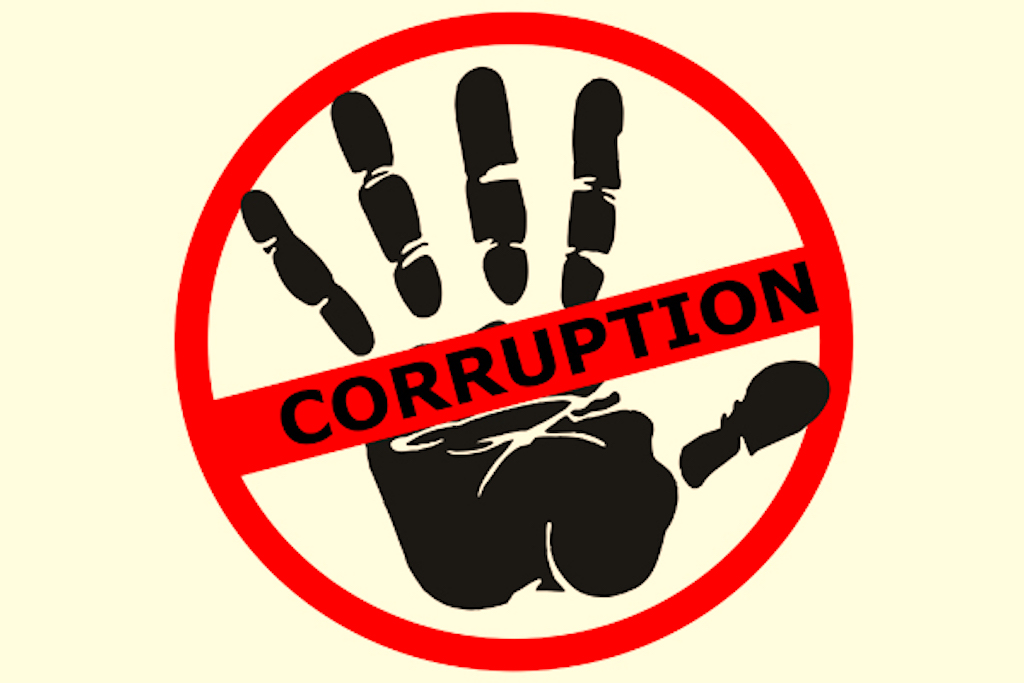Protests broke out in Antananarivo, Madagascar’s capital, in late September 2025. Frustration over ongoing water and electricity shortages swiftly grew into a national youth-led movement calling for systemic change, anti-corruption reforms, and President Andry Rajoelina’s resignation.
According to UN reports, the unrest had resulted in the largest protests in the island nation in more than 15 years by October 12, 2025, with at least 22 people killed and over 100 injured.
The demonstrations, dubbed “Gen Z Madagascar,” highlight a global wave of youth activism and are modelled after similar uprisings in Kenya, Nepal, and now Morocco.
Role of digital platforms despite the digital gap
The paradoxical power of digital platforms in a nation facing a glaring digital divide is at the core of this uprising. Only around 20 per cent of the 32 million people in Madagascar, one of the world’s poorest countries, have internet access.
However, thousands have been mobilised largely thanks to social media, especially among the two-thirds of the population under 30. Initial hubs were Facebook and TikTok, where grievances regarding daily power outages—which frequently lasted longer than eight hours—snowballed into coordinated action.
After organising rallies, sharing logistics, and live-streaming clashes with security forces, a Gen Z Madagascar Facebook page amassed over 100,000 followers in a matter of days.
These tools made possible a decentralised, leaderless structure, reminiscent of the strategies used in the protests in Nepal, where slogans and flags were adopted through viral posts.
By avoiding state-run media and attracting attention from around the world, protesters documented government repression, including curfews, rubber bullets, and tear gas.
Videos of symbolic actions, like attacking politicians’ homes, and English chants like “Fed Up with Load Shedding”, quickly gained traction, promoting unity across national boundaries.
Government’s digital repression
Digitally, though, the government retaliated. Fears of complete blackouts were heightened when authorities restricted internet access, suspended accounts, banned protests, and deleted offensive content.
This censorship made clear the vulnerabilities of the digital divide: rural areas, which had even less connectivity, had to rely on urban relays through SMS and word-of-mouth. Approximately 18 million mobile connections helped close gaps, but unequal access risked excluding voices from underrepresented groups.
Unfazed, protesters used resilient technology to adapt. Bitchat, a peer-to-peer, blockchain-based messenger app that uses Bluetooth instead of the internet, saw 21,000 downloads in a single day by the end of September.
This move to Web3 tools enables offline coordination within 300 meters, highlighting how digital innovation combats repression and is perfect for strikes and barricades.
Some have criticised Rajoelina’s actions as superficial, including the dismissal of ministers, the September 29 cabinet dissolution, and the appointment of a new prime minister on October 6.
Madagascar’s president absconded amid coup rumours
Protesters continue, including soldiers who defect, and on October 10, unions joined a general strike. According to unverified reports, rumours of a coup have led Rajoelina to leave the capital.
This uprising demonstrates the transformational role of digital platforms in amplifying dissent, even in digitally divided societies.
Madagascar’s Gen Z is upending established power by fusing offline tenacity with online mobilisation, which could change the demographic landscape in Africa.
However, with civil unrest threats imminent, the movement’s success depends on inclusive reforms that tackle inequality and poverty.

















